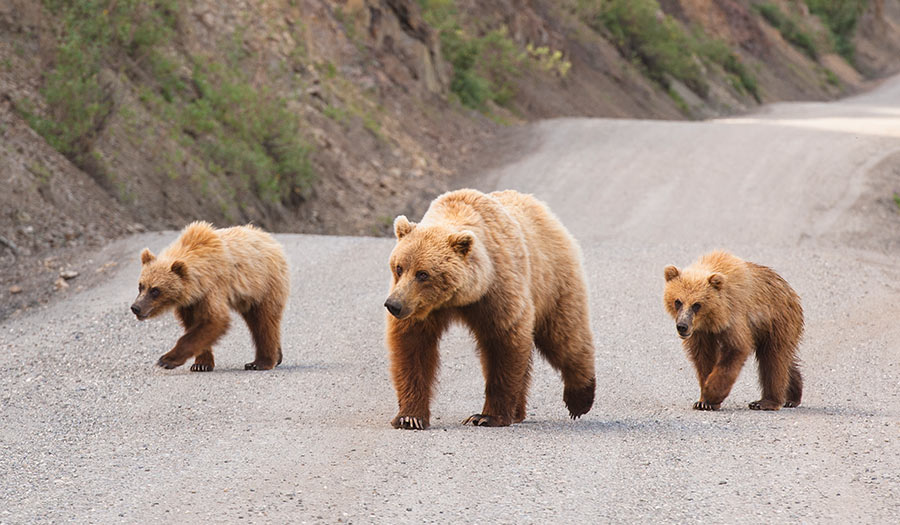 Getty Images
Getty Images
World News Desk
Learn the why behind the headlines.
Subscribe to the Real Truth for FREE news and analysis.
Subscribe NowAnimals are giving up their wild ways in areas where there is more human development, according to research published in the journal Science, with many moving “only half to one third of the distance in human-modified landscapes than they do in the wild.”
Not only does this cause problems for the animals themselves as their populations often decrease, but it also results in diseases spreading more easily, according to researchers.
The researchers collected data from 803 animals across 57 mammal species across the world—from hares to elephants—and fitted them with GPS tracking devices that recorded their “location every hour for a period of at least two months,” biologist Dr. Marlee Tucker said in a release posted by Goethe University, which helped commission the study.
“The researchers then compared these data to the Human Footprint Index of the areas that the animals were moving in,” the release further stated. “The index measures how much an area has been changed by human activities such as infrastructure, settlements or agriculture.”
“During a period of ten days mammals only cover half to one third of the distance in areas with a comparatively high human footprint, such as a typical German agricultural landscape, compared to mammals living in more natural landscapes,” a release by Senckenberg Biodiversity and Climate Research Centre, which also helped with the study, reported. “This is the case for the maximum distance covered within a 10-day time frame as well as for the average distance.”
While researchers believe animals may not be roaming as much because food is more accessible, the changing landscapes are the largest factor.
Mark Hebblewhite, who helped gather data for the study, said he has witnessed a decrease in population due to changing migratory patterns in animals in Canada.
“The road networks, highway fragmentation, dams, reservoirs, fences—all of these things—are making it more difficult to migrate in the first place,” he stated in The Canadian Press.
And when animals move less, their populations decrease, Dr. Hebbewhite claimed, citing what happened to elk in the provinces of Alberta and British Columbia.
“Twenty years ago, 90 per cent of the population was migratory; 20 years ago, there were 2,000 elk,” he told The Canadian Press. “Now, 30 to 40 per cent of the population is migratory and we have 500 elk.”
Natural ecosystems are also negatively impacted.
“Reduced movement can affect ecosystems because it means that seeds and nutrients in dung might not be spread so widely, or because herbivores such as elk graze smaller areas more intensively,” Scientific American reported. “It can affect the animals, as well: crowding together in a small area could increase the risk of disease.”
“It is definitely concerning,” Dr. Tucker said.
- Real Truth Magazine Articles
- HEALTH ISSUES
 Emerging Disease Epidemics – From Pests to Pestilence
Emerging Disease Epidemics – From Pests to Pestilence
More on Related Topics:
- UN: World Falling Behind on Environment, Health and Hunger Goals
- D-Day 80th Anniversary Sees Dwindling Number of Veterans, Shadowed by Europe’s New War
- Migration Tracking Group Says 76 Million People Were Displaced Within Their Countries in 2023
- Pro-Palestinian Student Protests Spread Across Europe. Some Are Allowed. Some Are Stopped
- Explainer: Could the Palestinians Become a Full United Nations Member?


